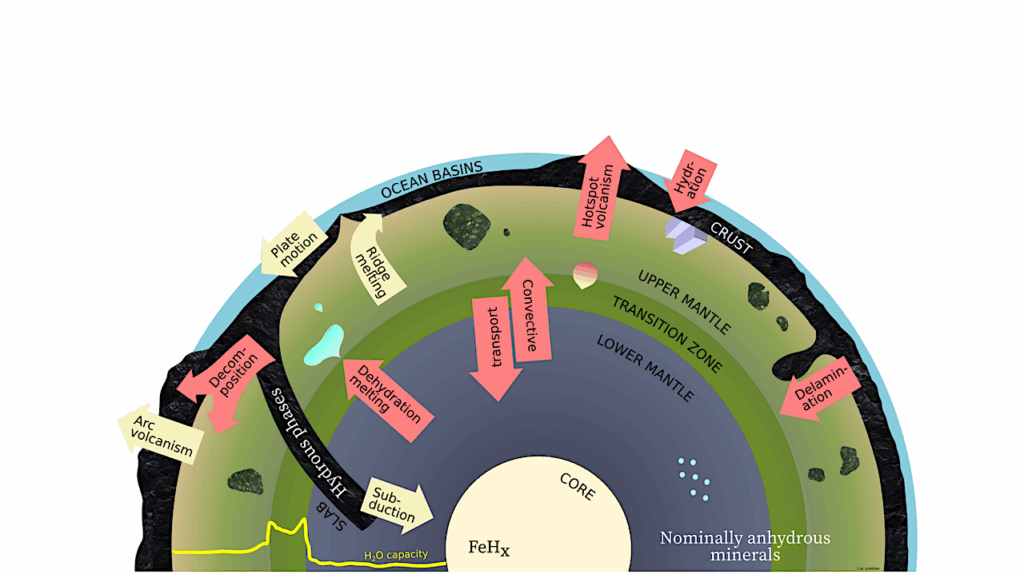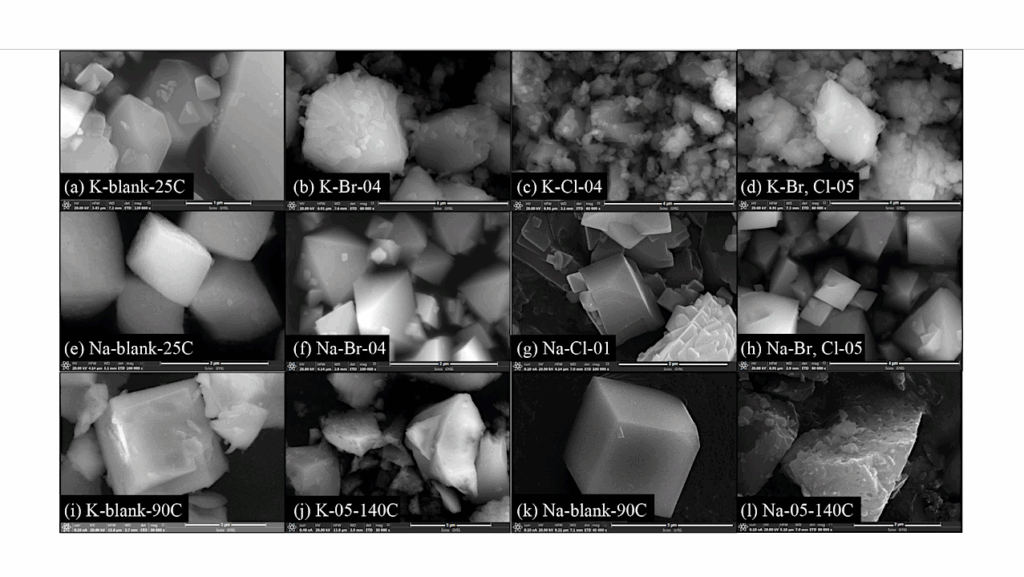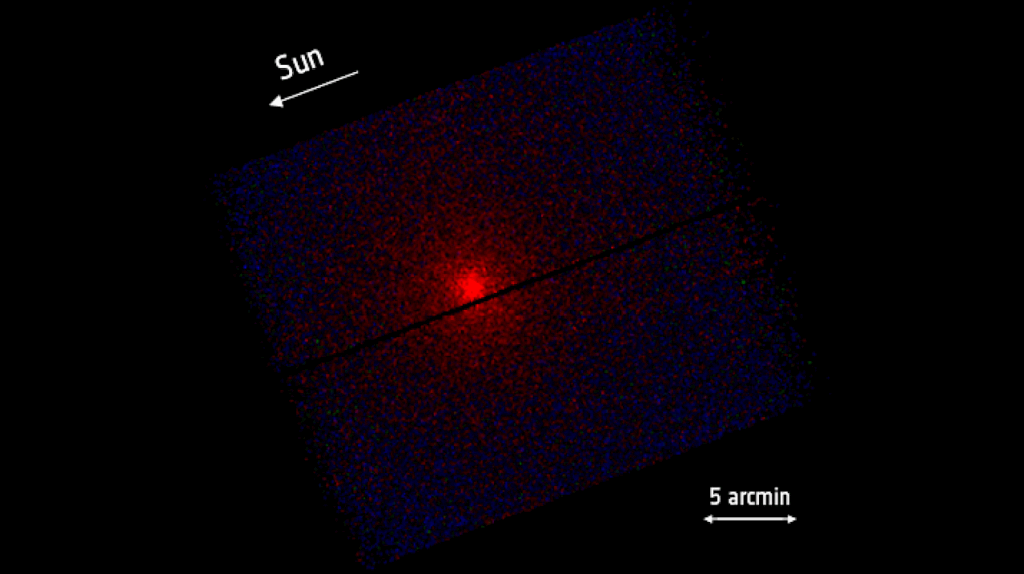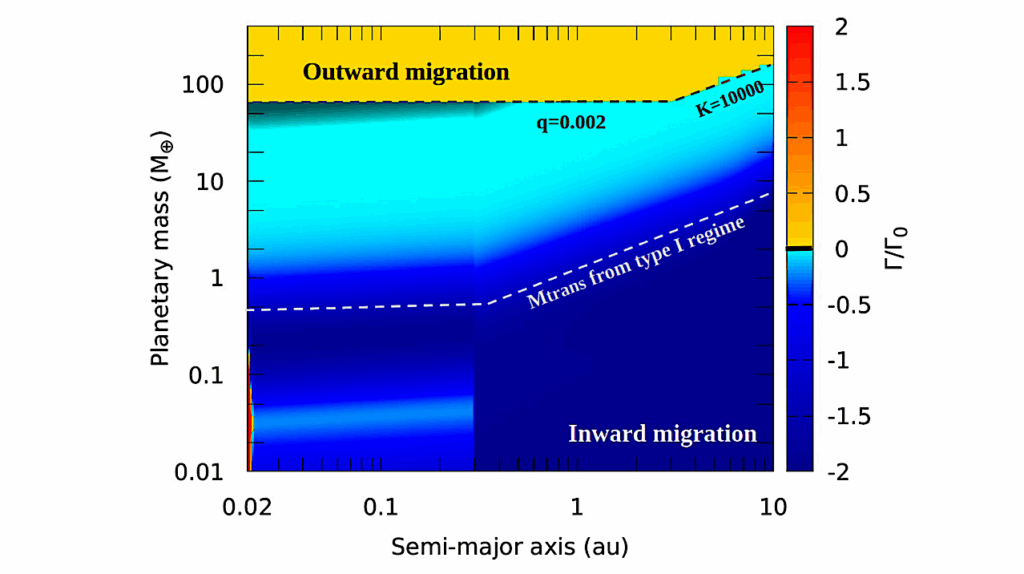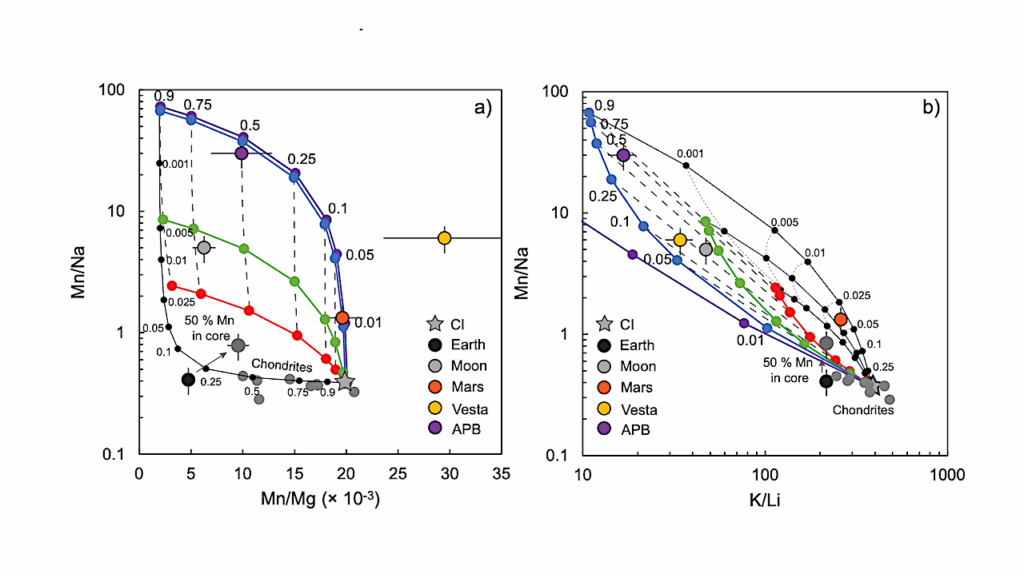Constructing Earth Formation History Using Deep Mantle Noble Gas Reservoirs

Noble gases are powerful probes of the Earth’s early history, as they are chemically inert. Neon isotopic ratios in deep mantle plumes suggest that nebular gases were incorporated into the Earth’s interior.
This evidence implies the Earth’s formation began when there was still gas around, with Earth embryos accreting primordial gas and a fraction of that gas dissolved into molten magma.
In this work, we examine these implications, simulating the growth of primordial envelopes using modern gas accretion schemes, and computing the dissolution of nebular Ne into magma oceans following chemical equilibrium.
We find that the embryo mass that reproduces the deep mantle concentration of primordial Ne is tightly constrained to ∼0.3M⊕, within a solar nebula depleted by ≥100× in gas density. Embryos of smaller masses cannot accrete enough gas to allow the mantle to reach the melting temperature of basalt.
Embryos of larger masses accrete way too much gas, producing excessive Ne concentrations in the deep mantle. Based on our calculations, we suggest that the Earth’s formation began with the assembly of ∼0.3M⊕ embryos during the dispersal of the solar nebula. Light noble gases (He, Ne) in the deep mantle reflect the primordial gas accretion history of the Earth, while heavy noble gases (Ar, Kr, Xe) probe early solid accretion processes.
Our results are consistent with the final assembly of the Earth through at least two giant impacts after the dispersal of the nebula.
Vincent Savignac, Eve J. Lee
Comments: 27 pages, 9 figures, 1 table. Submitted to the Planetary Science Journal (PSJ)
Subjects: Earth and Planetary Astrophysics (astro-ph.EP)
Cite as: arXiv:2511.16859 [astro-ph.EP] (or arXiv:2511.16859v1 [astro-ph.EP] for this version)
https://doi.org/10.48550/arXiv.2511.16859
Focus to learn more
Submission history
From: Vincent Savignac
[v1] Thu, 20 Nov 2025 23:55:57 UTC (816 KB)
https://arxiv.org/abs/2511.16859
Astrobiology,


